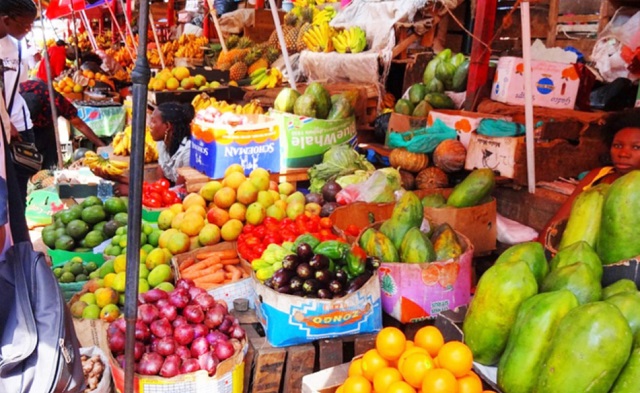
KAMPALA, Uganda | Xinhua | As the world marks World Food Day on Wednesday, experts in Uganda highlight the country’s growing benefits from South-South cooperation with China and the Food and Agriculture Organization of the United Nations (FAO).
The experts said the partnership is helping Uganda leverage China’s agricultural expertise to enhance food production and strengthen food security.
Under the third phase of the South-South Cooperation (SSC) project between China and Uganda, supported by FAO, nine Chinese agricultural experts have been stationed in local communities and research centers across the country. They are working directly with Ugandan farmers, sharing valuable skills and technology.
Zhang Xiaoqiang, the leader of the current team of Chinese experts, said that since 2012, China has sent nearly 60 experts to assist in improving Uganda’s agricultural production.
Zhang said the Chinese experts introduced various high-yielding crop varieties into Uganda, such as foxtail millet and hybrid rice, alongside the sharing of expertise in aquaculture and livestock farming.
One significant achievement is the introduction of WDR-73, a new high-yielding and drought-resistant rice variety, developed collaboratively by China’s Shanghai Agrobiological Gene Center and Uganda’s state-run National Agricultural Research Organization. A year after its introduction, this variety is now being promoted nationwide, benefiting nearly 5,000 households in Uganda. It has led to the production of 15,000 tons of rice and increased the average household income by four million Ugandan shillings (about 1,060 U.S. dollars), according to Zhang.
“We are seeing farmers harvesting significantly more per acre than before, thanks to improved crop varieties and better agricultural practices,” said Julius Twinamasiko, head of the Ugandan side of the SSC project, in a recent interview. “When you compare foxtail millet with our traditional millet, the yields are much higher.”
According to FAO, the third phase of the cooperation project aims to reach over 10,000 small-scale farmers across Uganda. The first two phases, implemented between 2012 and 2014, and from 2015 to 2017, benefited a similar number of small-scale farmers.
“The focus of South-South cooperation is to ensure that the technology transferred is relevant to the local context and adds value to what Uganda is already doing,” said Antonio Querido, FAO country representative, in a recent interview with Xinhua.
Querido, along with top Ugandan officials who attended the Forum on China-Africa Cooperation summit in Beijing last month, said their visit reinforced the idea that agricultural transformation is achievable in a short time.
During the summit, Uganda and China signed two agreements that will allow Uganda to export wild aquatic products and dried chilies to the Chinese market, an important step for boosting production and increasing household incomes.
“This opens up opportunities along the value chain, from farmers and input dealers to exporters,” said Twinamasiko.
Querido said that accessing the Chinese market presents a significant opportunity for Uganda. “The Chinese market is vast and sophisticated in terms of quality and diversity. We must ensure high standards, scale and reliability. Uganda needs to build a production system that meets the market’s demands,” he said. ■
 The Independent Uganda: You get the Truth we Pay the Price
The Independent Uganda: You get the Truth we Pay the Price



